The Alpaca Advantage
Alpacas live and graze at altitudes between 3500m and 4500m. The living conditions in the high altitude of the Andes are extremely harsh. Sudden temperature changes can occur at any time. Temperature can vary from -25°C at night to over 35°C degrees during the day. Furthermore, strong winds and long heavy rain occurs seasonally. Therefore, over millennials alpacas developed the most high-performing fur to oppose these harsh conditions. This is why alpaca is one of the finest and best performing fibers in the world and has several advantages over wool and cashmere and is one of the finest luxury fibers in the world.
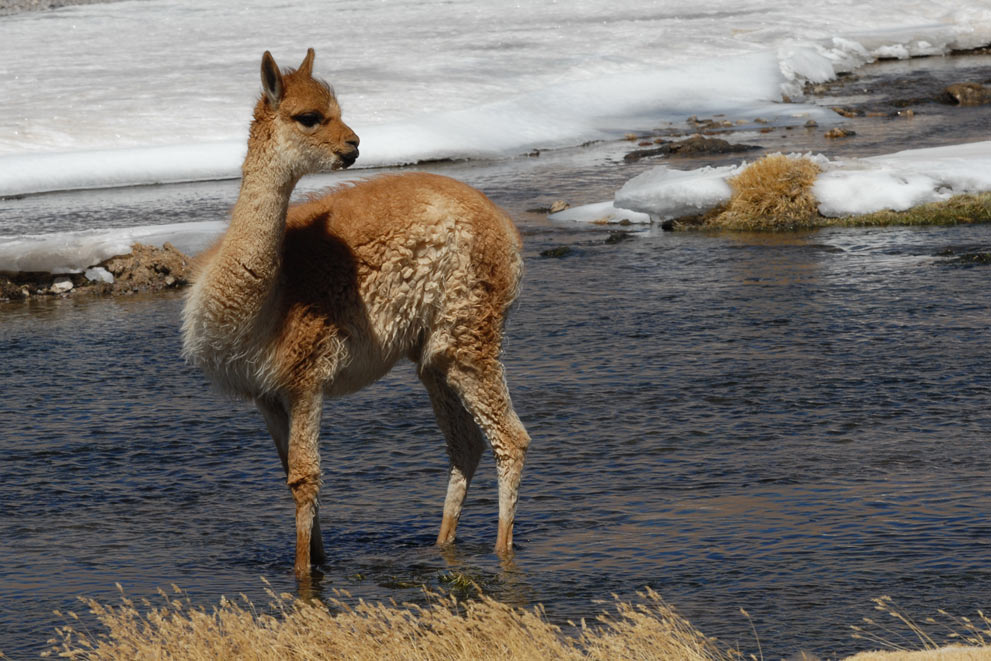
Hollow fibers allow alpacas to keep or emit heat if temperature changes and therefore always regulate temperature on the skin to an optimum. Similarly, products made of alpaca will provide you with a comfortable climate at any time.
Wind/Water/Fire proof
The Alpaca wool has outstanding windshield functions and is nearly water repellant. Alpaca fiber keeps you warm and dry even if it's raining cats and dogs. And yes, your alpaca product is non-flammable!
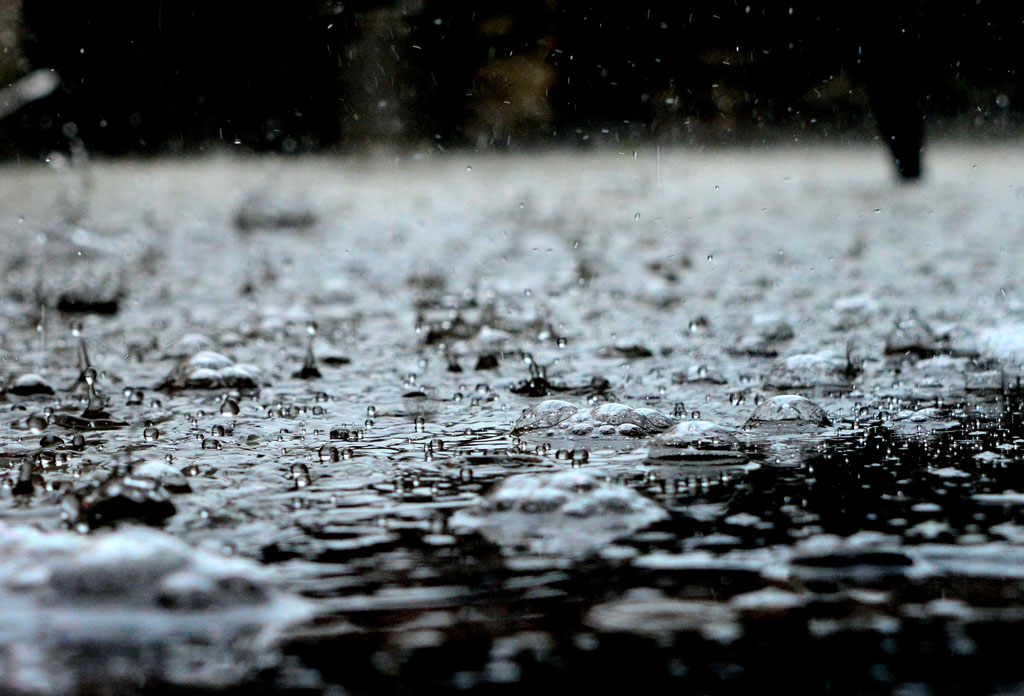
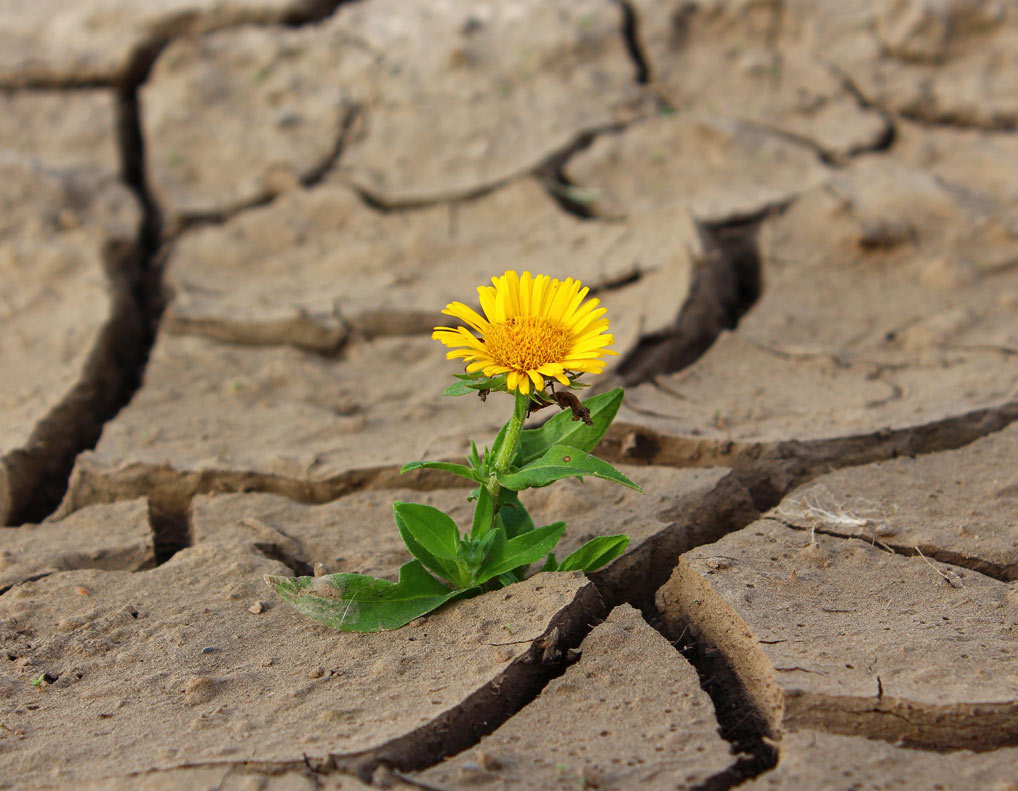
Dirt and stain resistant
Alpaca fiber does not contain lanolin and therefore is harder for bacteria to flourish. Furthermore, the baby alpaca fiber is very fine so dirt cannot stick easily. Your Alpaca product stays longer clean and acquires less odor.
Naturally hypoallergenic
Another advantage containing no lanolin is the fact that the alpaca fiber is ideal for people allergic to wool and is therefore naturally Hypoallergenic.
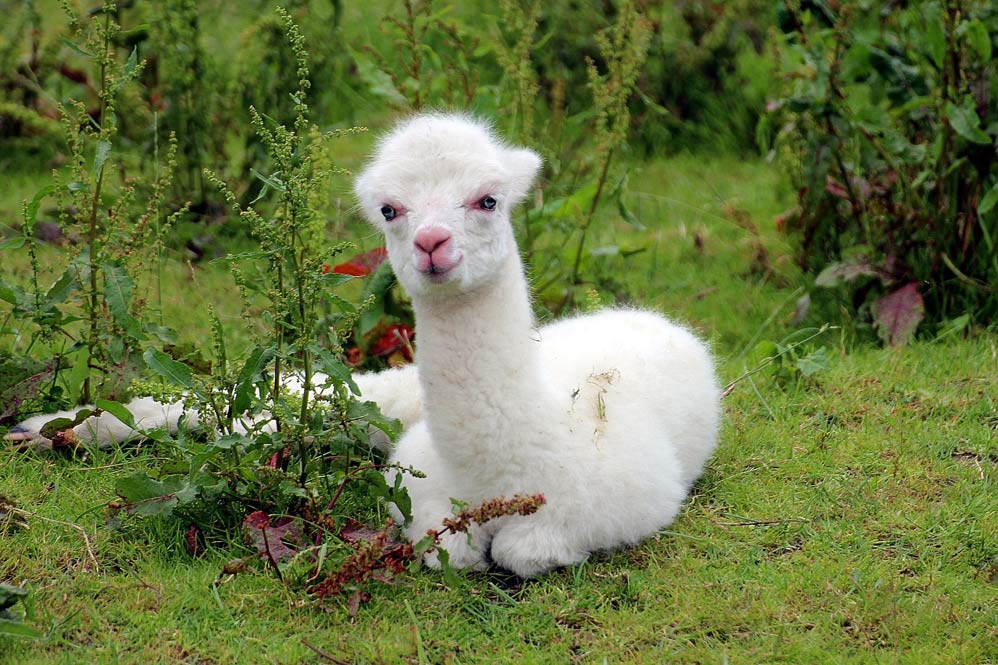
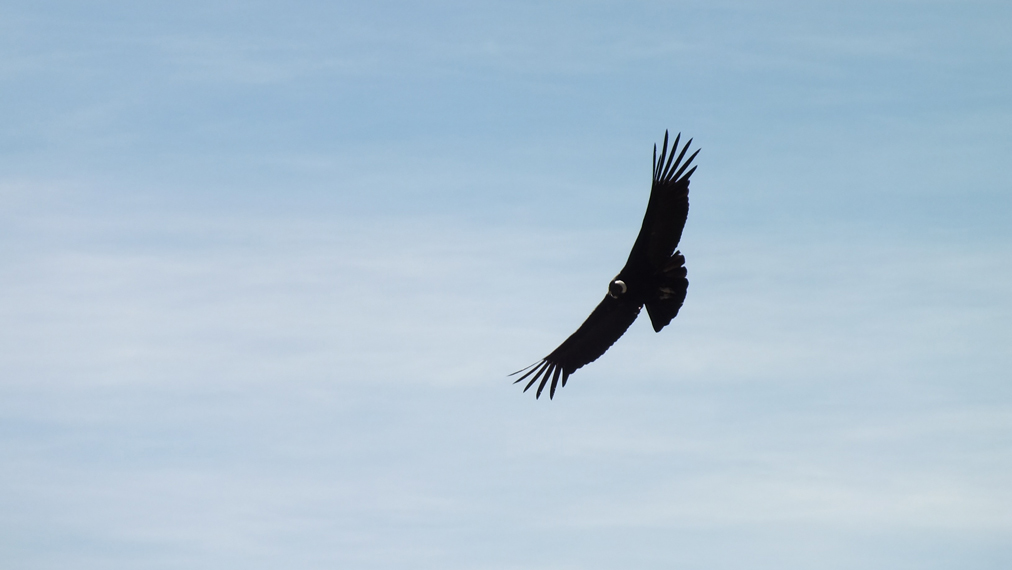
Lightweight and high elasticity
Due to the high elasticity your product felts less than wool and has therefore a higher persistence. Due to the small diameter and the lightweight of the fiber very fine production is possible.
Because of the Advantages of Baby Alpaca wool, the Incas called it “gold of the Andens” and only the nobility could afford to wear it.
About Alpaca
Alpacas (vicugna pacos) belong to the family of camelids and is native to the continent of Latin America. Roughly 80% of the total world population of 3.5 mio alpacas live in Peru where they are domesticated and shepherd. Alpacas can be divided into two breeds, Huacaya and Suri alpacas:
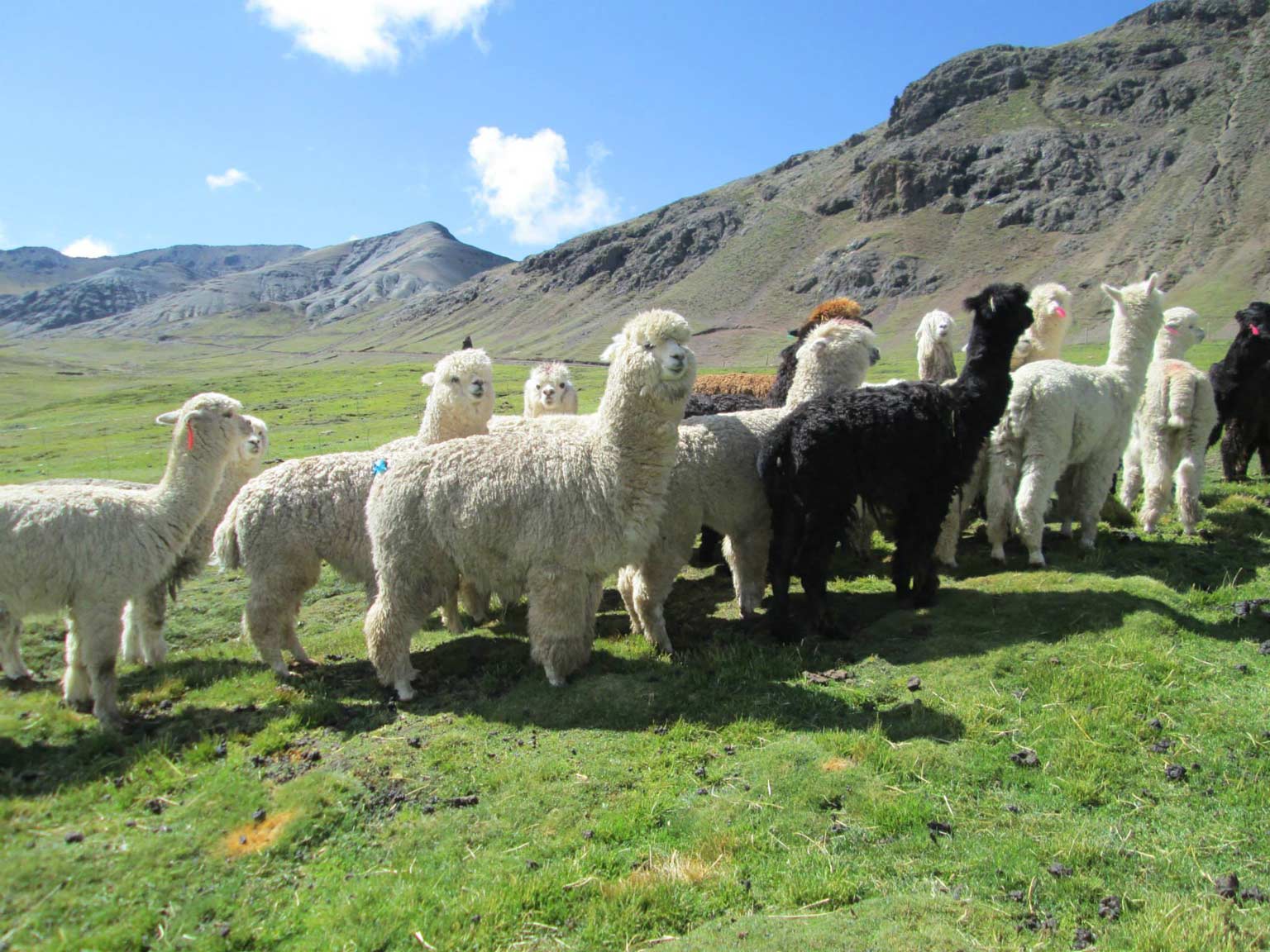
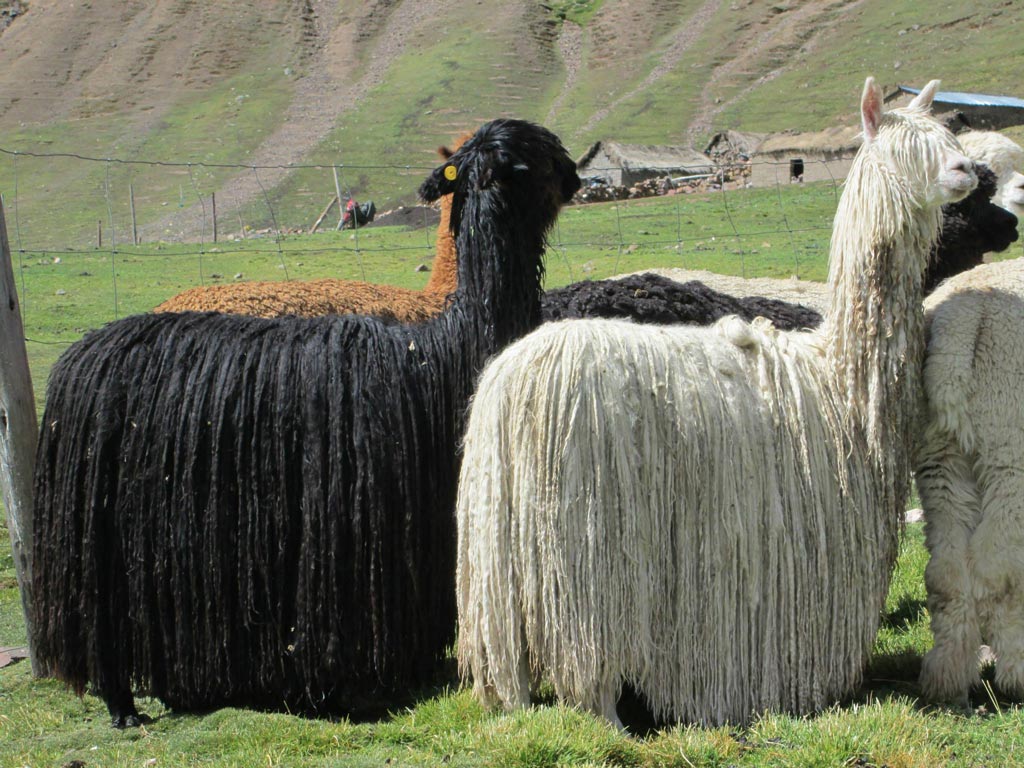
The Huacaya alpaca has a very dense wooly water-resistant fleece and it looks like a “teddy bear”. It lives in higher altitudes than the Suri alpaca which has a long and lustrous fiber. The Huacaya fiber is the preferred wool which explains why it represents 90% of the alpaca population. SALQAPACHA only uses Huacaya fiber.
The alpaca is usually sheared once a year; in general, this takes place in spring. The wool of the alpaca comes in 22 natural colors.
Quality
The Alpaca wool is classified according to the thickness of the wool. Baby royal and baby alpaca represent to the highest quality and can only be gathered during the very first shearing of the alpaca.
Royal Alpaca: under 20,0 micron
Baby Alpaca: 20,1 – 23,0 micron
Superfine: 23,1 – 26,9 micron
Medium: 27,0 – 30,9 micron
Strong: 31,0 – 35,9 micron
Coarse: 36,0 micron & more


